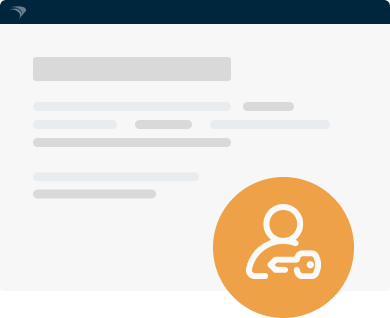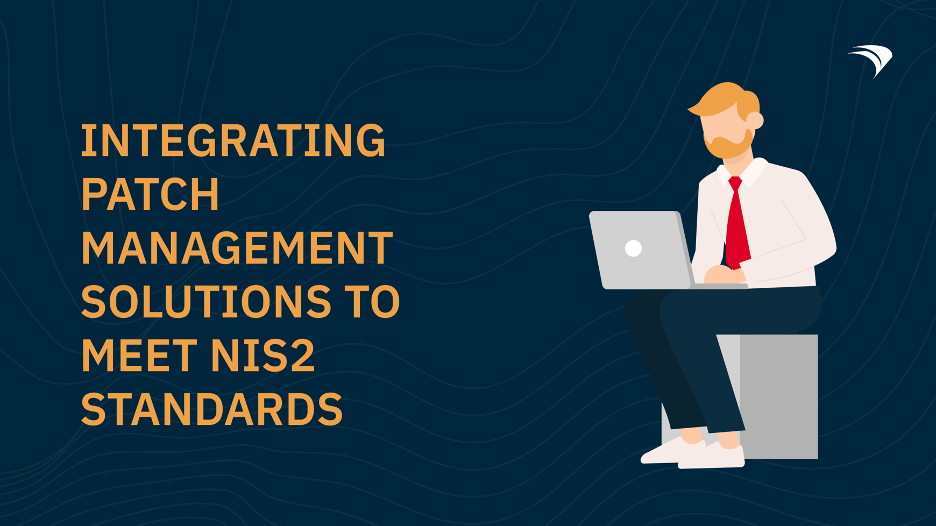Introduction to the MDM to DDM Transition
The shift from Mobile Device Management (MDM) to Device Delivery Management (DDM) is rapidly gaining traction among organizations looking to optimize their device management strategies. As enterprises expand and modernize, traditional MDM approaches may no longer suffice in meeting the demands of contemporary workflows. This transition to DDM is particularly crucial for businesses deploying a variety of devices, as they seek a unified methodology for endpoint management. In this article, we will investigate how to navigate the mdm to ddm transition effectively, backed by FileWave’s mastery in comprehensive device management solutions.
Understanding MDM and DDM
Before embarking on the transition, it is essential to comprehend the fundamental differences between MDM and DDM. MDM mainly concentrates on securing and managing mobile devices through policy-driven tactics, incorporating features such as remote wipe, device tracking, and security enforcement. Conversely, DDM adopts a more overarching strategy for managing devices throughout their entire lifecycle, from deployment to ongoing support and integration with existing systems.
This shift empowers businesses to maintain control over their devices while enhancing user experience through integrated automation and self-healing technologies, characteristics that FileWave is renowned for.
Key Benefits of Transitioning from MDM to DDM
Making the transition from MDM to DDM offers a host of benefits:
- Streamlined Processes: DDM consolidates various processes like software distribution, inventory management, and configuration, greatly reducing the complexity of overseeing multiple devices.
- Improved Efficiency: Featuring built-in automation, DDM significantly lowers the manual workload for IT teams, allowing them to concentrate on strategic priorities instead of routine device management tasks.
- Enhanced User Satisfaction: DDM delivers a more user-friendly environment with self-service capabilities, enabling users to independently resolve issues, thereby fostering productivity.
Steps to Transition from MDM to DDM
Transitioning from MDM to DDM is a systematic process that necessitates careful planning and execution. Below are crucial steps to facilitate a seamless transition:
- Assessment of Current Infrastructure: Begin by thoroughly reviewing your present MDM system and device management methodologies. Identify constraints, challenges, and critical features essential for your organization’s success.
- Define Objectives: Clarify your goals for the DDM transition. Whether it entails cost reduction, enhanced security, or improved user experience, articulating your objectives is essential to steer the transition.
- Choose the Right DDM Solution: Select a robust DDM solution, such as FileWave, that aligns with your organizational requirements. Prioritize features that foster automation, multi-platform compatibility, and solid security.
- Develop a Migration Plan: Draft a comprehensive plan outlining timelines, milestones, and roles for each team member associated with the transition process. Keeping all stakeholders informed and engaged is vital throughout this phase.
- Training and Support: Invest in training sessions for both IT personnel and end-users to maximize the advantages of the new DDM platform. Well-structured training empowers users to effectively utilize new features.
- Continuous Improvement: After the transition, solicit feedback on DDM processes to make necessary adjustments that can boost efficiency and user satisfaction over time.
Leveraging FileWave’s DDM Configuration Expertise
FileWave presents cutting-edge solutions for DDM configuration, equipping organizations with the essential tools for seamless device management. Our DDM platform not only enhances visibility and control but also integrates seamlessly with existing systems, promoting operational efficiency. With over 3 million endpoints managed daily, our automated systems—ranging from software distribution to self-healing technologies—significantly reduce the IT burden on organizations.
An illustrative example is a global educational institution that successfully transitioned to FileWave’s DDM configuration. Not only did they streamline their device management processes, but they also reported an improvement in student satisfaction scores, credited to a more intuitive user interface and quicker issue resolution.
Conclusion
Transitioning from MDM to DDM represents a crucial step toward adopting more effective device management strategies. The benefits of embracing DDM frameworks are extensive—from streamlining operations to boosting user satisfaction. By leveraging FileWave’s expertise in DDM configuration, organizations are well-positioned to ensure a steady transition and lay the foundation for robust endpoint management.
Are you prepared to discover how FileWave can support your organization in executing the mdm to ddm transition? Contact us today for a tailored consultation to unveil the benefits that lie ahead!





